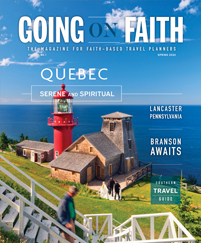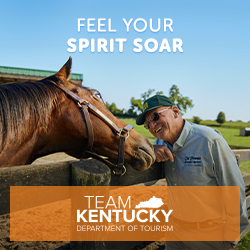Boone Hall Plantation
Mount Pleasant, South Carolina
Considered one of the country’s most photographed plantations, Boone Hall Plantation is one of the most picturesque and historic working farms in the country. It was founded in 1681 by major John Boone, whose son later planted the oak trees that grew into the planation’s legendary Avenue of Oaks, a breathtaking corridor of live oak trees draped in Spanish moss. The property also features a Colonial Revival mansion and nine original slave cabins.
“It creates a romantic backdrop set in the Old South with the grandiosity of the mansion and the beautiful giant oaks draped with Spanish moss,” said Rick Benthall, director of marketing at the plantation.
Over the years, Boone Hall Plantation has appeared in numerous films and television programs, including “American Idol,” “Army Wives” and “Days of Our Lives.” Debuting in 1985, Patrick Swayze’s Civil War drama series “North and South” featured various scenes at Boone Hall Plantation during its nine-year run and remains one of the highest-rated television miniseries of all time.
“Queen,” the 1993 sequel series to “Roots,” brought the hardships of enslaved African-Americans to light while filming at the plantation’s authentic slave cabins. The miniseries served as the breakout role for then-unknown actress Halle Berry. The 2004 classic romance film “The Notebook,” which starred Rachel McAdams and Ryan Gosling, also filmed extensively on the property, using the main house as the character Allie’s family estate.
Keeneland
Lexington, Kentucky
In the Horse Capital of the World, Keeneland features one of the most scenic horse-racing tracks in the country. Since its opening in 1937, seven horse-themed productions have been filmed at the track, including major blockbusters such as “Secretariat,” “Seabiscuit” and “Dreamer.” The track maintains a historic, parklike aesthetic, eschewing more contemporary features like sponsor logos and stadium lights, which is one of the main reasons filmmakers tend to choose Keeneland over the real-life locations of historic races portrayed in the films.
“We’ve got beautiful stonework, picturesque landscaping and not a lot of the commercialized signage that you would see at more modern sports venues, so that makes it easier for producers to take a step back in time and re-create history,” said Christa Marrilla, Keeneland’s chief marketing officer.
The producers of “Seabiscuit” presented an open call for locals to join the set as unpaid extras, creating special memories for Keeneland staff and Lexington residents. During the filming of the final race in the movie, filmmakers used over 7,000 inflatable dummies with hats and wigs to simulate the 40,000 spectators present at Pimlico Race Course. The dummies were dispersed throughout the live extras on set and then doctored in postproduction with special effects.
“There’s nothing more alarming than walking into a room full of inflatable humans,” said Marrilla, who participated in the scene.









